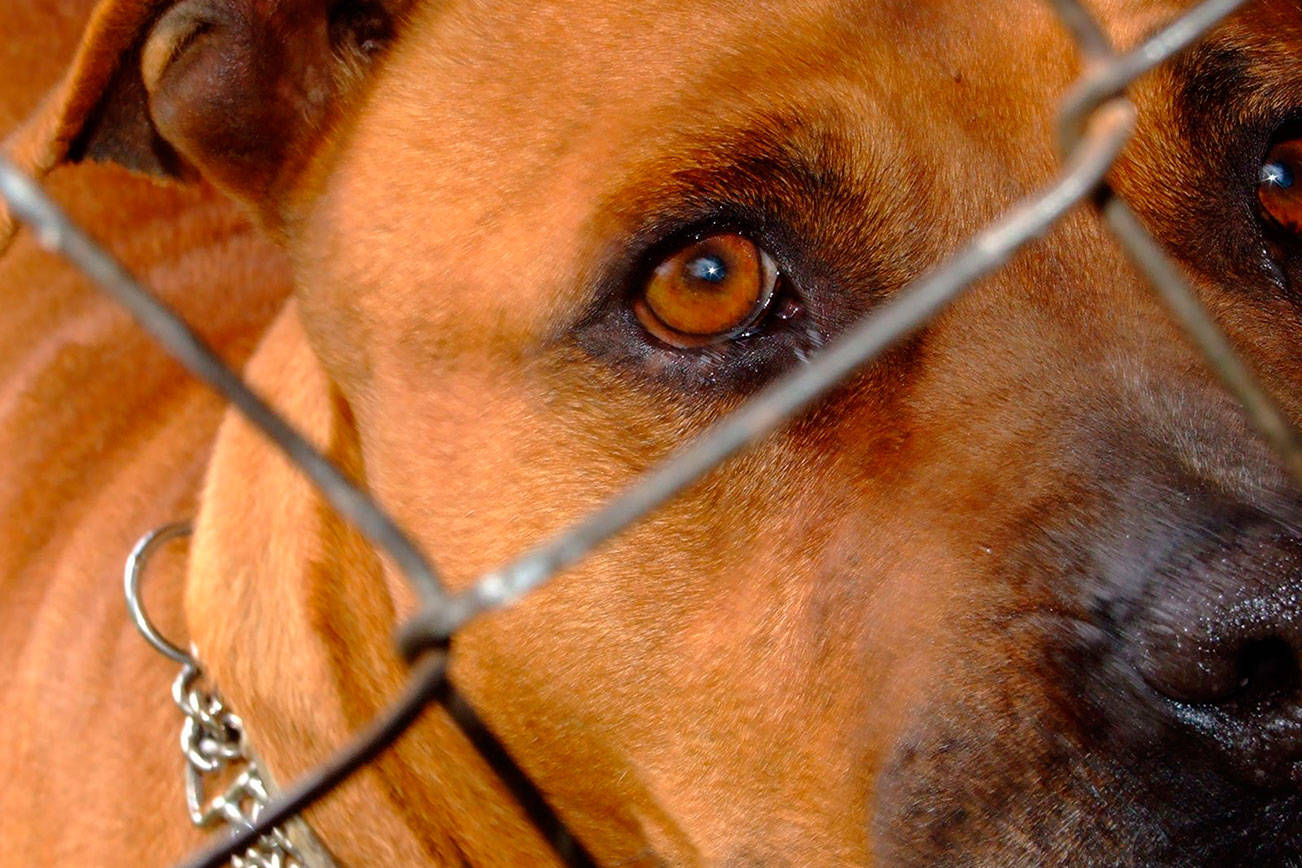Overly complex, unclear, inconsistent – and here and there, outdated.
After more than a decade of often isolated updates to the 2004 dangerous dog ordinance, this is how Auburn Police, the City attorney and dog owners describe its condition in 2018.
Time to tidy it up, they say, to reconcile all parts so it clearly describes the precise criteria and processes for dangerous dogs and potentially dangerous dogs.
Perhaps time to make some changes, too. Suggestions include prohibiting within the City specific breeds prone to aggression, adding a harness to leashing requirements for dangerous dogs, providing a more complete definition of “proper enclosure” and adding spay-neuter requirements for dangerous dogs.
The Auburn City Council took the bone in its mouth during a work session Monday at City Hall.
“There are some things we can do … and I call them the helpful things because since the ordinance was originally adopted … a lot of things have changed, including the state statutes that give cities authority to do certain things,” City Attorney Dan Heid advised council members. “Some of those have changed, they’ve changed some of the language, and who knows what could happen down the road with the legislature. “… Everytime we make a change … the change is for one purpose, but something else from a practical standpoint comes out that may trigger the need for a change somewhere else.”
Here is a sampling of other potential changes.
• Consolidating requirements for dangerous dogs into a single code section, or consecutive sections instead of spreading them across multiple sections, and eliminating potential ambiguities relating to the dates by which fencing and insurance must be implemented during any appeal.
• Identifying concise, uniform requirements for notifying a dog’s owner of a determination that a dog is dangerous or potentially dangerous, and establishing clear, precise timelines for appealing such a determination
• Establishing appeal procedures that distinguish between determinations of dangerous, or potentially dangerous, dogs
• Clarifying language regarding an animal control officer’s determination of a dog as dangerous or potentially dangerous and the animal control authority’s review of that determination on appeal
• Specifying applicable timelines for the abandonment of confiscated dogs
• Adding mandatory impoundment of dogs that seriously injure or kill another animal or human
• Clarifying the scope of the dangerous dog definition concerning dogs previously designated as potentially dangerous dogs
• Adding a bond requirement to cover the anticipated costs of impounded animals and incentives for owners to pay impound fees.
In addition to updating the code language to reflect current practices, the council can change internal practice to promote transparency and efficiency within the City, among them: moving the assignment of the initial review-appeal from the assistant chief of police to another City official; specifying that dogs that chase or menace someone on private property other than the property of the owner are potentially dangerous dogs and that the owner may be criminally liable for their actions; and reducing the level of crime for animals injuring other animals.



